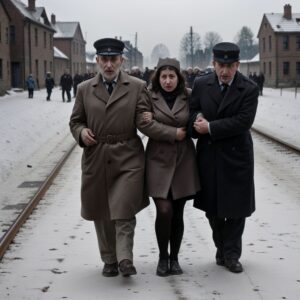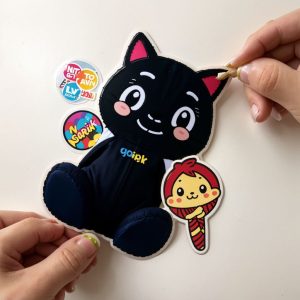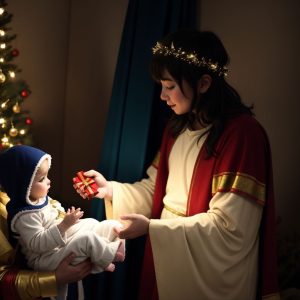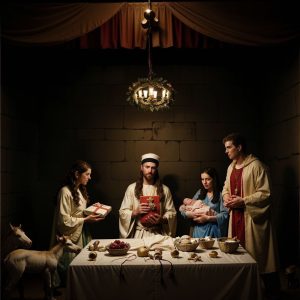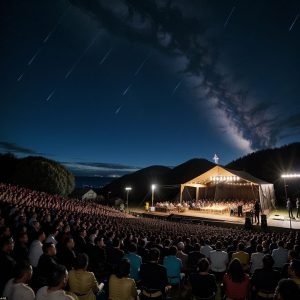On February 1, 2003, the world watched in horror as the Space Shuttle Columbia disintegrated during re-entry into Earth’s atmosphere, claiming the lives of all seven astronauts on board. The crew, a diverse team of pioneers from different countries and disciplines, represented humanity’s unyielding drive to explore the unknown. Their loss was a poignant reminder of the dangers of space exploration and the sacrifices made in the pursuit of knowledge.
The disaster occurred just 16 minutes before Columbia was scheduled to land at Kennedy Space Center. An investigation later revealed that a piece of foam insulation had broken off during launch and damaged the shuttle’s left wing, compromising its ability to withstand the intense heat of re-entry. Despite being a tragic failure, the Columbia disaster led to critical safety reforms in NASA’s shuttle program and underscored the need for more stringent checks and innovations.
Columbia’s final mission, STS-107, was dedicated to scientific research, with experiments ranging from studying microgravity to understanding the behavior of biological systems in space. The crew’s dedication to advancing science and pushing the boundaries of human achievement remains an enduring inspiration. Their courage and commitment echo in every step forward humanity takes in space exploration.
In the aftermath, NASA grounded the shuttle fleet for over two years, using the time to enhance safety protocols and develop a greater culture of accountability. This tragedy also strengthened international cooperation, as nations around the world mourned the loss and reaffirmed their commitment to peaceful exploration of space.
The Columbia disaster reminds us that space exploration, while awe-inspiring, comes with immense risks. The legacy of those seven brave astronauts lives on, driving us to continue reaching for the stars with greater care, innovation, and respect for the challenges of the cosmos.








